American Chestnut
basic
17 years ago
Related Stories

KITCHEN DESIGNKitchen of the Week: Chestnut and an Open Fire in Connecticut
Antique chestnut boards give a kitchen with a wood-burning oven vintage flair, balancing its modern amenities
Full Story
GARDENING GUIDES13 North American Backyard Birds to Know
Find out about these enchanting native species and learn how to attract them to your yard
Full Story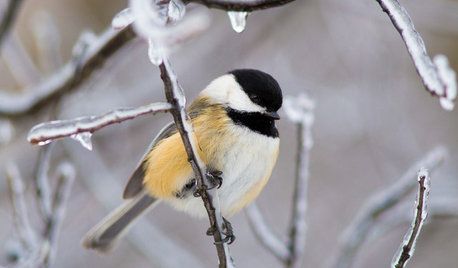
GARDENING FOR BIRDSBackyard Birds: Marvel at Chickadees This Winter
These North American natives flock to bird feeders and entertain with their complex birdcalls
Full Story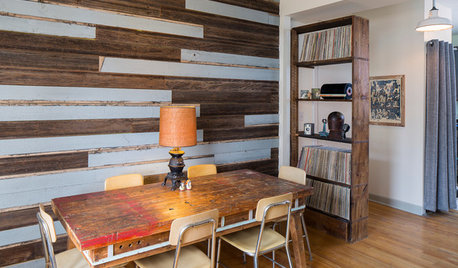
HOUZZ TVHouzz TV: Cool Reclaimed Wood Projects Fill a Craftsman’s Home
Using barn wood, beadboard and beams, this homeowner has crafted furnishings and features for his family’s Chicago home
Full Story
GARDENING GUIDESGarden-Friendly Native Alternatives to Overplanted Exotics
There are lots of gorgeous, wildlife-friendly native plants ready to make an appearance in your garden
Full Story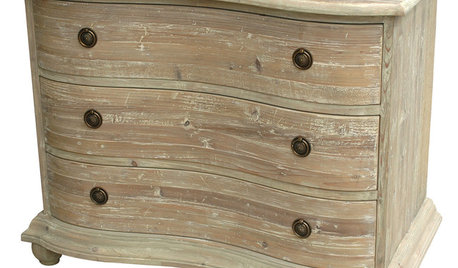
PRODUCT PICKSGuest Picks: Reclaimed Wood Pieces Full of Character
Bring a sense of history and depth to your rooms with furniture, lighting and art made from upcycled wood
Full Story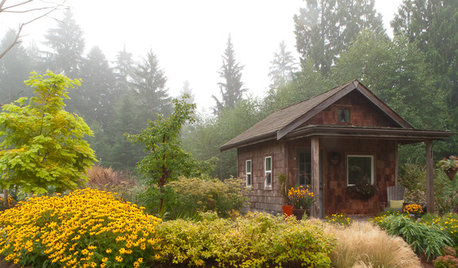
PLANTING IDEASGreat Garden Combo: A Fall Landscape Scene That Lasts
Span the seasons with trees, shrubs and grasses that offer color and texture in abundance
Full Story
COLOR8 Reasons to Paint Your Interior Trim Black
Hide imperfections, energize a space, highlight a view and more with a little bit of darkness that goes a long way
Full Story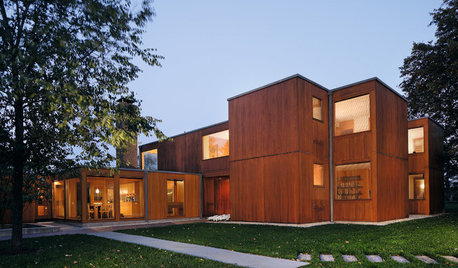
BOOKSLouis Kahn's Modern Residential Masterpieces Get Coverage at Last
See 9 of the celebrated architect's lesser-known projects, U.S. homes, in a new book filled with photos and details
Full Story
PRODUCT PICKSGuest Picks: A Cozy Holiday Fete
Entertain elegantly with 20 home pieces to help perfect your winter party
Full Story








philmont_709n2
pinetree30
Related Professionals
Aurora Landscape Contractors · Bloomington Landscape Contractors · Edinburg Landscape Contractors · Ocoee Landscape Contractors · Roswell Landscape Contractors · Setauket-East Setauket Landscape Contractors · Snoqualmie Landscape Contractors · Quartz Hill Landscape Contractors · Palos Heights Landscape Contractors · Leesburg Siding & Exteriors · Saint Charles Siding & Exteriors · Silver Spring Siding & Exteriors · Jackson Decks, Patios & Outdoor Enclosures · Rancho Palos Verdes Decks, Patios & Outdoor Enclosures · Decks, Patios & Outdoor EnclosuresbasicOriginal Author
alabamatreehugger 8b SW Alabama
basicOriginal Author
Embothrium
basicOriginal Author
radagast
lkz5ia
basicOriginal Author
spruceman
greenlarry
pineresin
radagast
alabamatreehugger 8b SW Alabama
MissSherry
nick_b79
MissSherry
buddhachrist